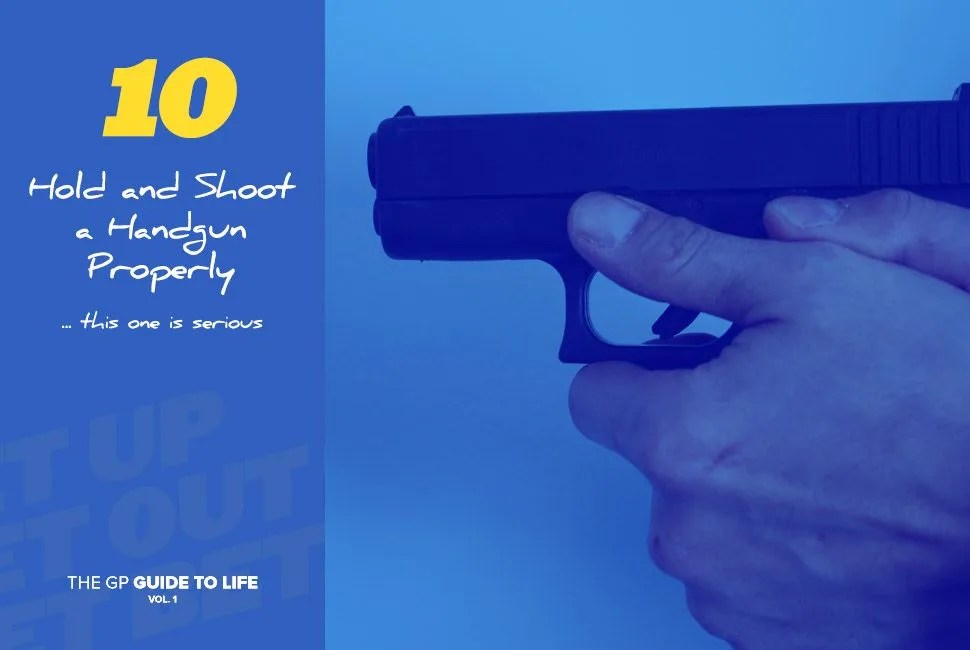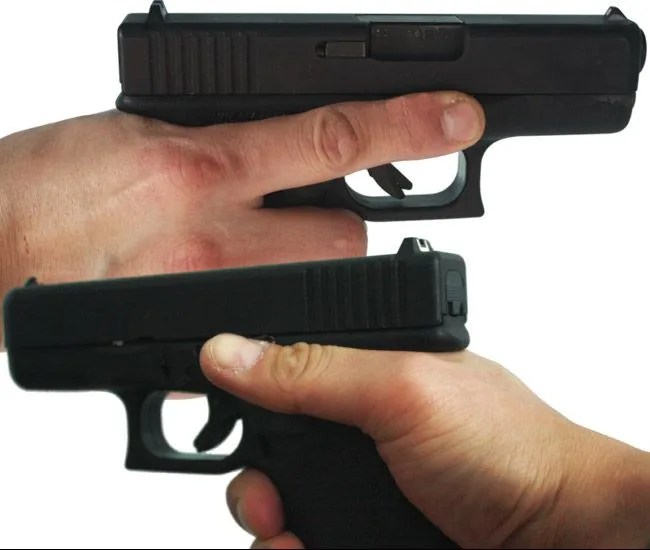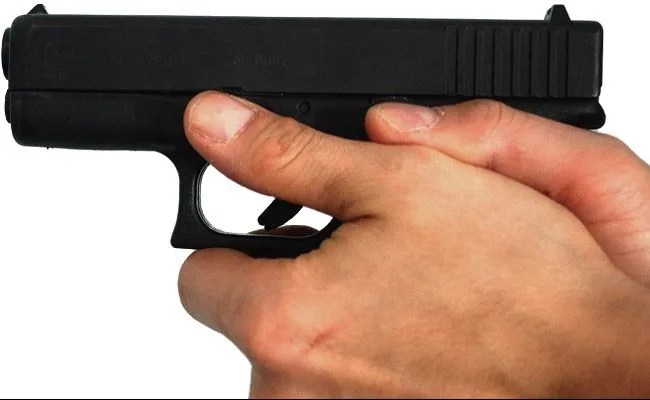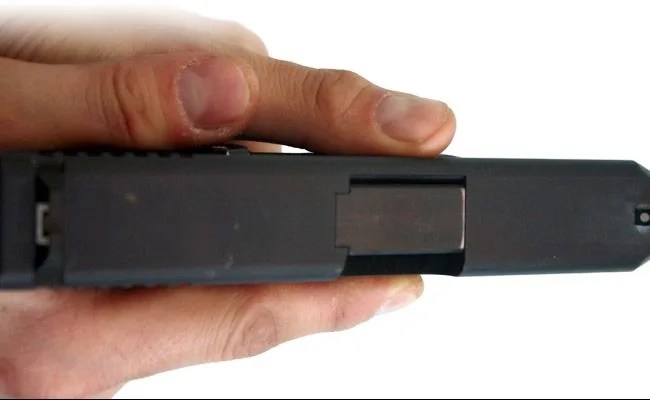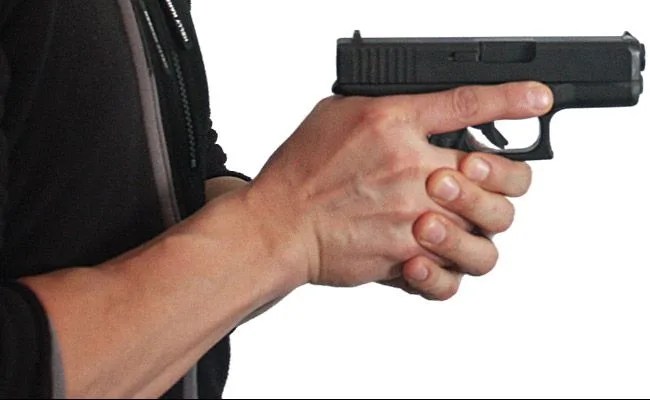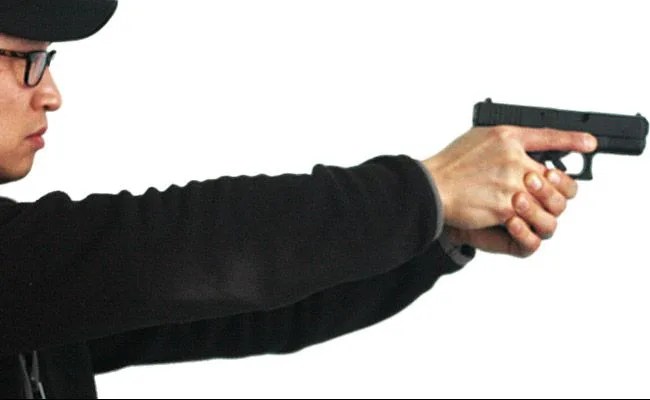Using a firearm doesn’t make you tough, and it’s not glamorous. Frankly, we’re appalled by movies and TV shows (except for 24 with Kiefer Sutherland, who appears to have been trained very well by an expert) that have not only criminals but also police using firearms like idiots — holding it next to their heads for effect (like going deaf?) or one-handed and sideways (can’t hit the side of a barn). All humor aside, you hope to never be in situation where you have to use a firearm. But if it happens, you should be prepared to do it properly to save your life or that of someone you love, or both.
Before we dive in, a few caveats: (1) Mechanics and technique are second to situational awareness and judgement. Just because you know how to hold and fire a handgun doesn’t mean you know when to use it and when not to; (2) never use a firearm to threaten anyone. It’s not meant to intimidate or injure. It’s an instrument of death and should only be drawn and aimed when the situation requires its use; (3) just because you read this article doesn’t mean you are trained. Take a safety course to get educated and practice regularly; (4) stay out of harm’s way if at all possible and contact law enforcement first. If you can’t, then employ the following techniques.
For the purposes of simplicity, our firearm of choice is a compact semi-automatic handgun, similar to a Glock 30 (.45 ACP), as opposed to a revolver. The Glock is an ambidextrous handgun since the safety is on the trigger.
Note: the author is a former federal law enforcement officer, so the information comes from a reliable source.

1 Always assume a gun is loaded, and always have it pointed in a safe direction. If you’re at the range, which we highly recommend for practice and skills improvement, then that direction is always down range. Even if there is no magazine in the gun and the slide is pulled back, still treat it like it’s loaded; even when you set it down and it’s empty, point it down range, and always away from people (including yourself). The following steps should be performed in “dry fire” mode, meaning the gun is not loaded.
2 Make sure the gun is clear by removing the magazine (not the “clip”) and setting it down. Pointing the gun down range, rack (move forward and backward) the slide a few times to make sure there’s no round in the chamber. Lock the slide back so the ejection port is open and you can see light through the magazine well to show that it’s empty. Remove all rounds from the magazine and then re-insert the magazine in the gun. Send the slide forward. Your handgun is now ready to dry fire.
